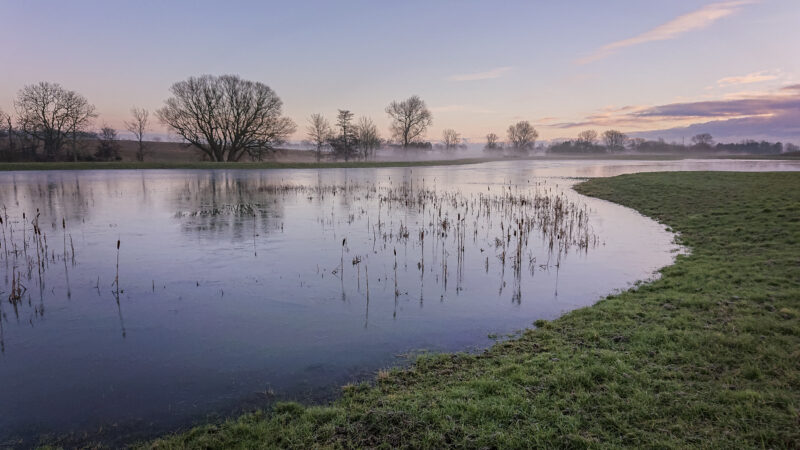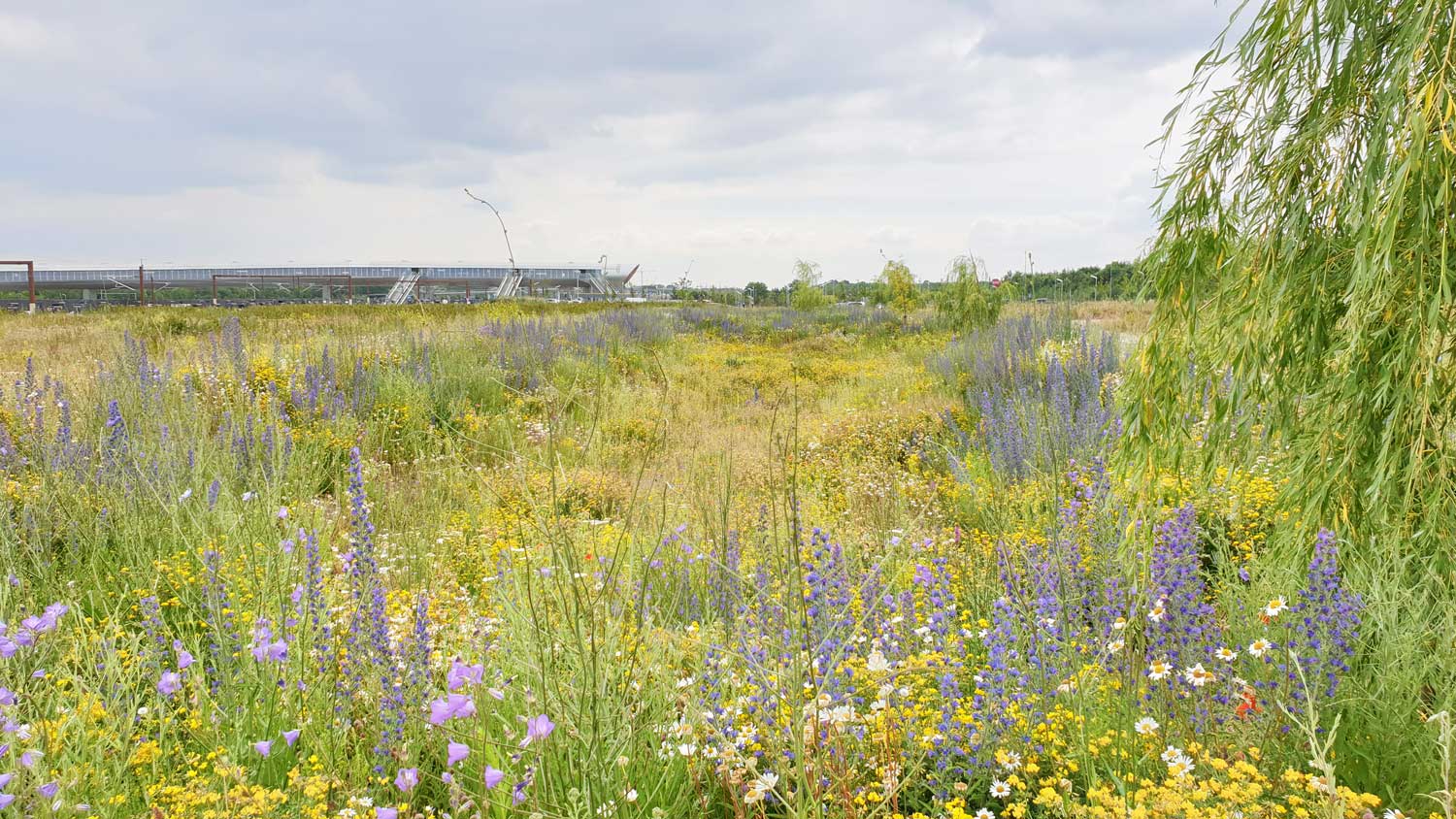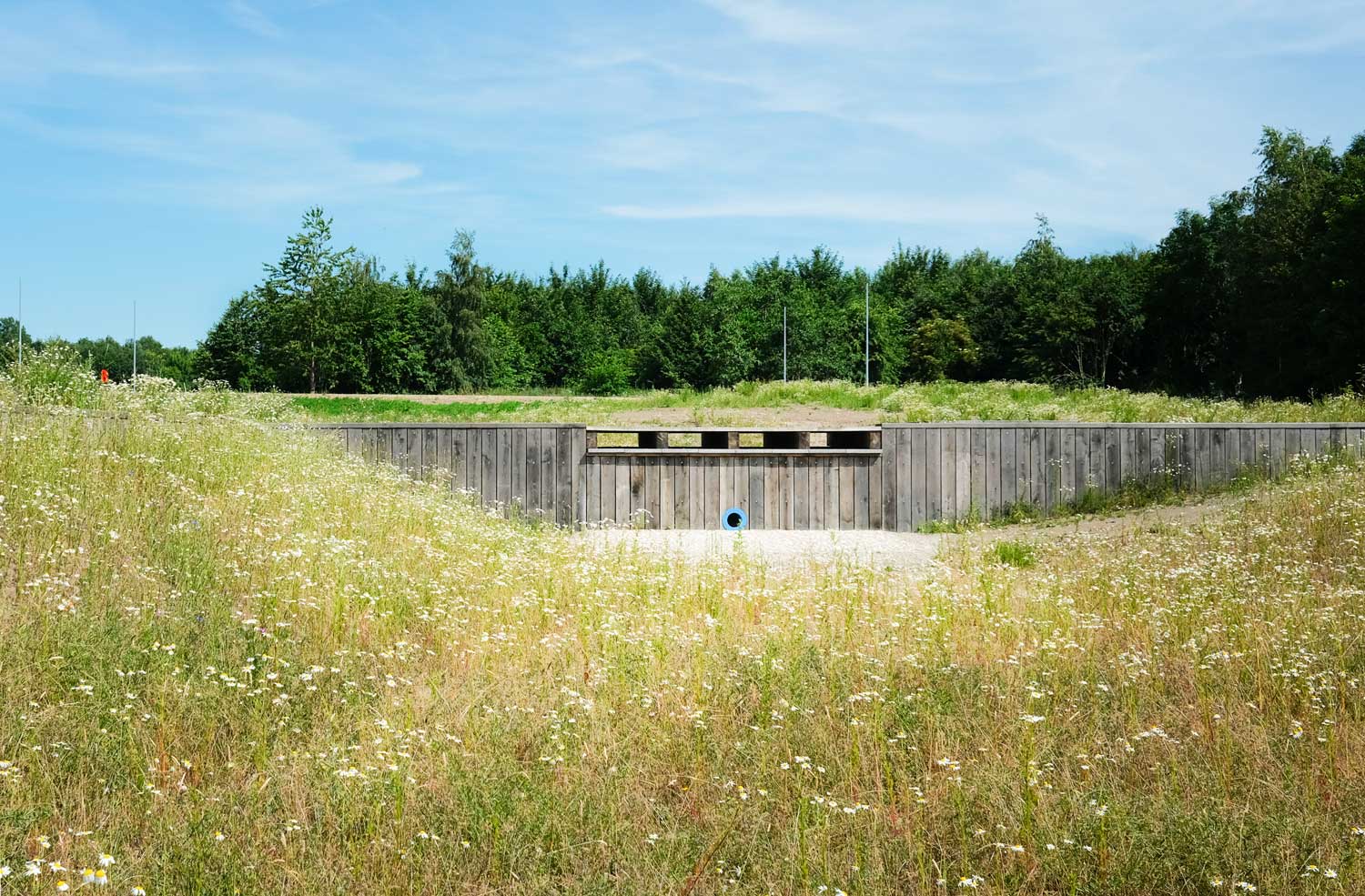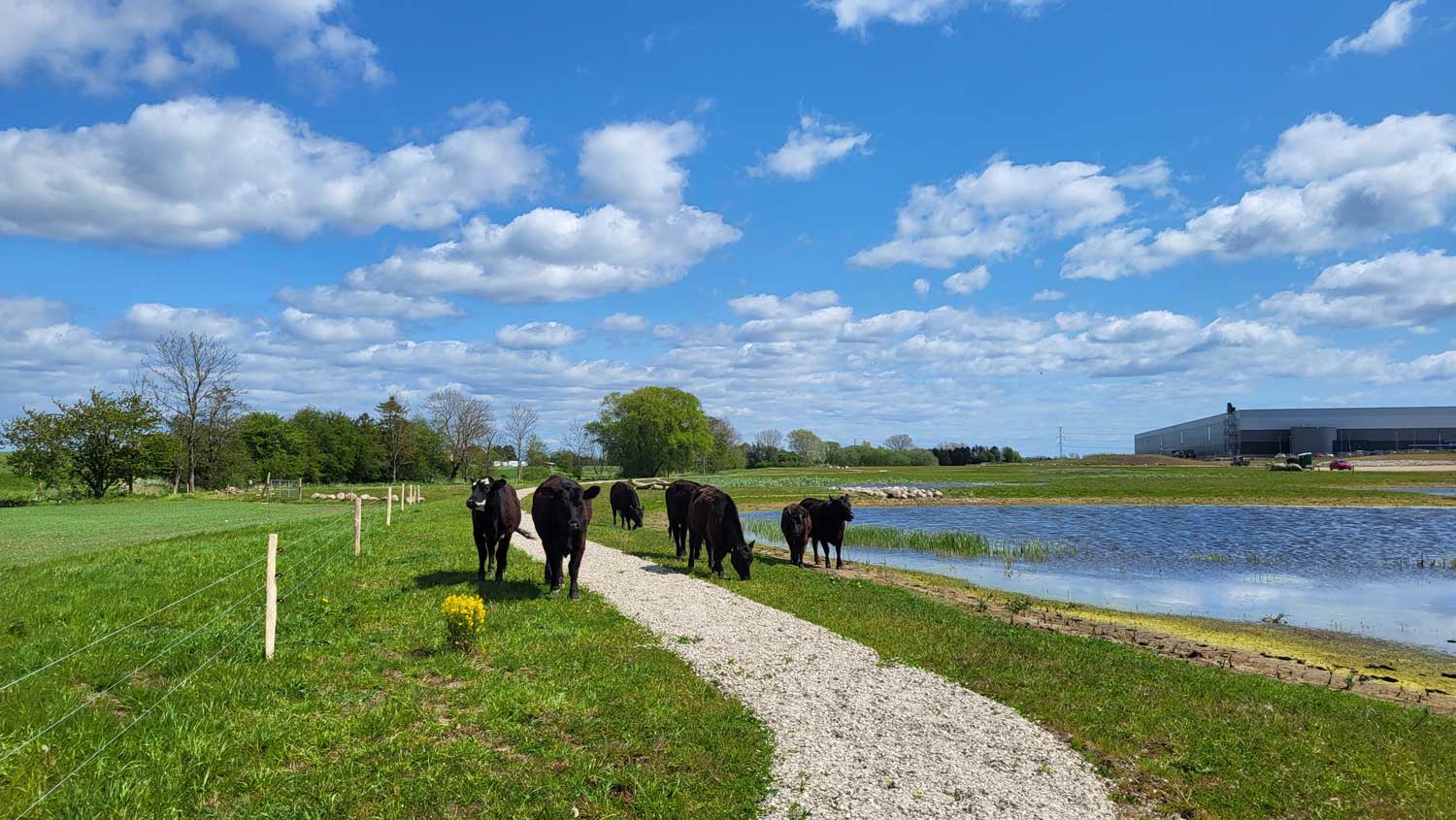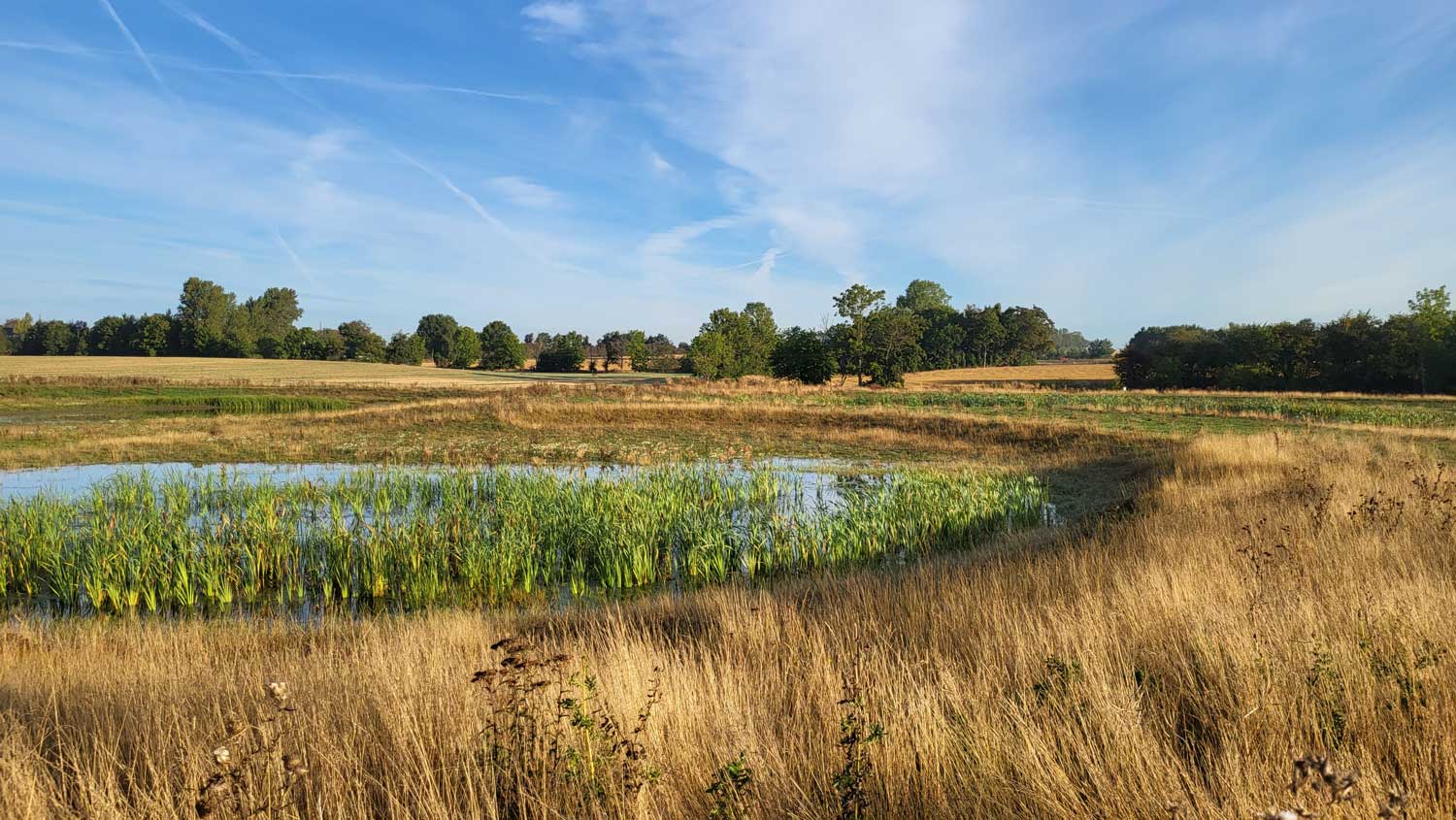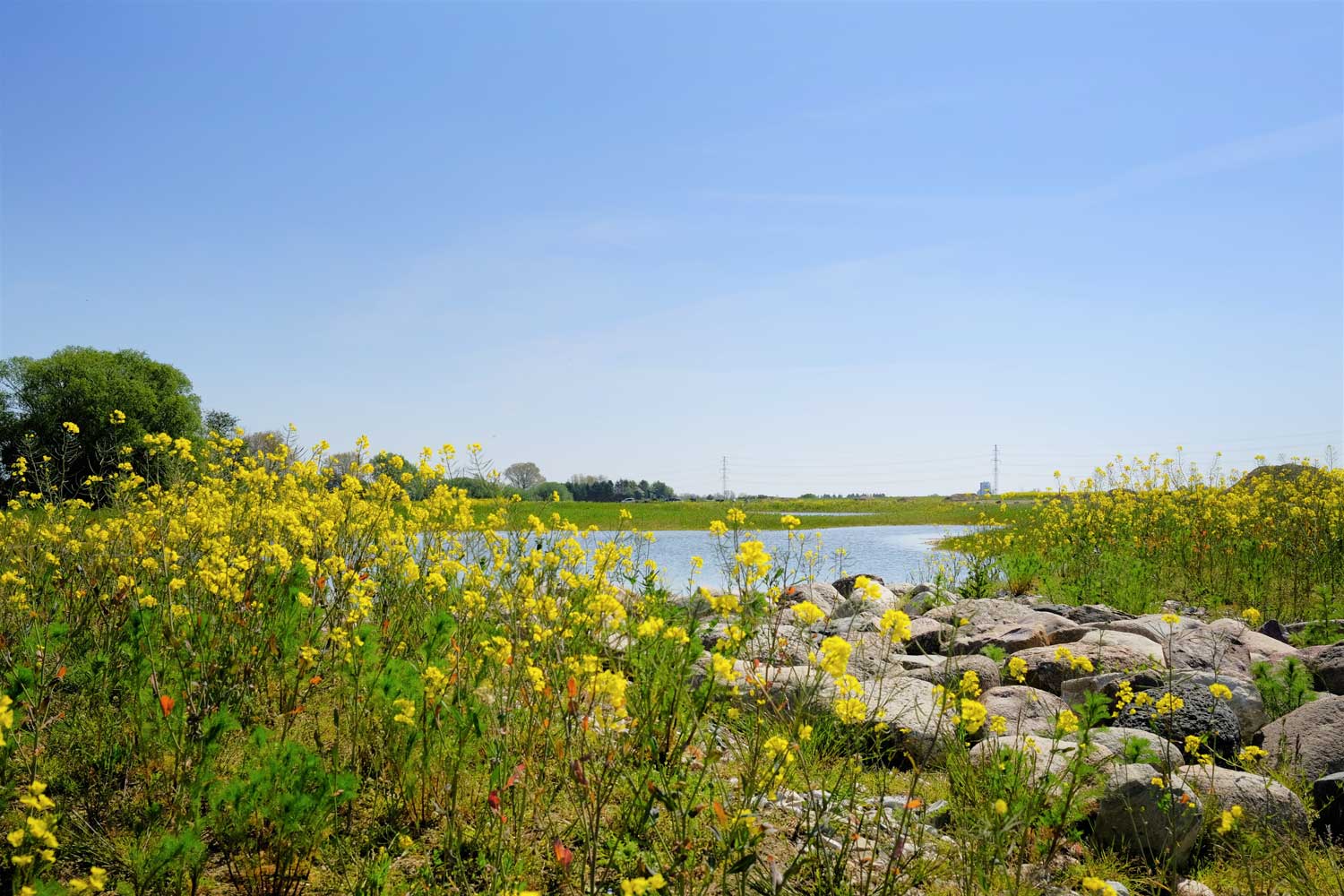The new, urban area Køge Nord will develop into one of Greater Copenhagen’s new sustainable neighborhoods with a strong green identity. The 130-hectare area will evolve over the coming years into a diverse district with office buildings near the station, housing, and innovative businesses.
The project illustrates a holistic approach based on the landscape and with minimal terrain manipulation as the basis for urban development, rainwater management, green connections, and future recreational areas and activities.
The project is a pioneering project—both in terms of its technical solutions and considering its size.
Connected recreational green/blue pathways with consistent vegetation and rainwater management are linked through new pathway networks. They support new recreational spaces, enhance accessibility in the landscape, and create new species-diverse urban and peri-urban nature.
The project includes both naturally adapted solutions in the open countryside and more urban-designed solutions in densely built urban spaces. The solutions are integrated into a landscape with significant inherent potential and many conservation values in the form of both cultural heritage and nature-protected sub-areas.

